Javascript has been one of the most powerful tools in the tech world for the past few decades. Javascript is a multi-paradigm programming language that can carry event-based and imperative programming styles. Javascript is now not only used in client-side programming or the front end but is also extensively used in server-side programming or the back end. As the tech world evolved, it added frameworks for programmers that have a great capacity to filter out the codes and keep the functional parts of the code very crisp. Frameworks make it easy to work as they do either very few configurations or no configurations to the code.
What are Javascript Frameworks?
A software framework is a tool that provides developers with a foundation that is necessary to build an application. This helps programmers save the efforts of starting a new application from zero by using the functions that make the workflow very smooth. Javascript Frameworks are applications that are written in Javascript. Javascript frameworks make it convenient to develop websites that have responsive capabilities.
What Does a Framework Do?
Every Javascript framework works differently and serves a different purpose. Since Javascript majorly deals with web development, all javascript frameworks aim at achieving hassle-free coding in the field of web development. Starting a website development task from scratch is a tedious task. Javascript frameworks help by covering up the features that are common in most websites. They render previously written codes that produce these regular programming features.
Confused about your next job?
What makes Frameworks Different from Libraries?
Although it appears that libraries and frameworks are the same, there are differences between them. The fundamental difference between the two is the control. When a library is called, the programmer is in complete control of it. When a framework is called, the code makes the programmer lend in inputs. Let’s understand this in a better way.
Framework: A framework has all the control flows readily in them. Users will only have to fill up the blank spots of the code. Frameworks are relatively complex. It makes a skeleton in which the application itself defines features to make up the skeleton. The programmers can completely focus on specific functions that they need to have in their websites while the framework deals with design all by itself. This is a process known as inversion of control. A few examples of frameworks are Django(Python), Ruby on Rails(Ruby), Angular(Javascript), etc.
Libraries: A library is a collection of well-defined pre-written codes used to optimize the work. Libraries are simply codes that are written by other developers that are at their disposal whenever needed. The library is called when a piece of code needs control from a master functionality. A few examples are Numpy(Python), ByeBugs(Ruby), jquery(Javascript), etc.
Why use framework over library?
The library contains very specific functions, and it needs much more understanding in comparison to the framework. One has to know all the functions of a library to utilize it completely. On the other hand, the framework understands the basic flow of the application. They also have hundreds of interfaces that can be used.
Top Javascript Frameworks
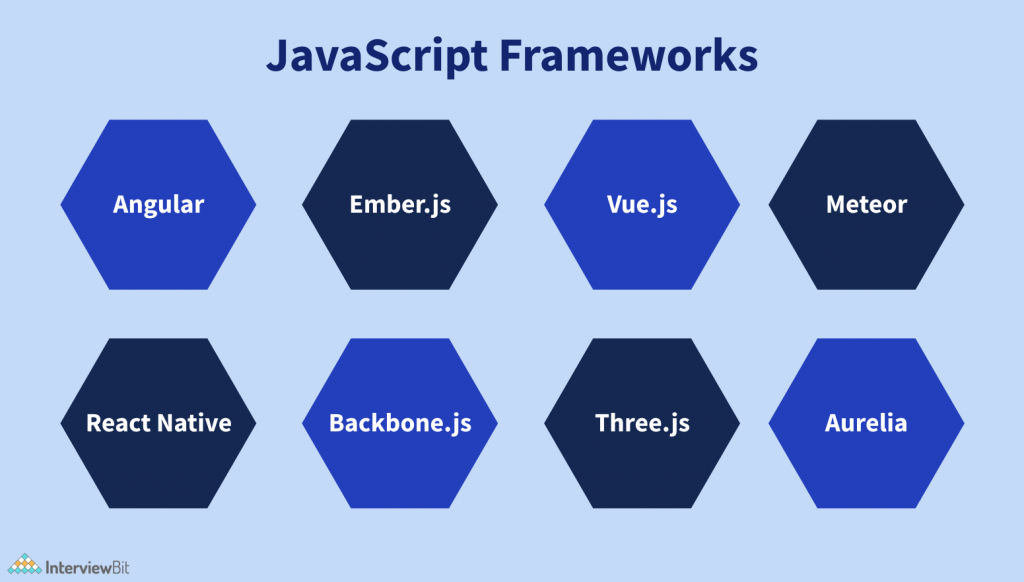
1. Vue.js
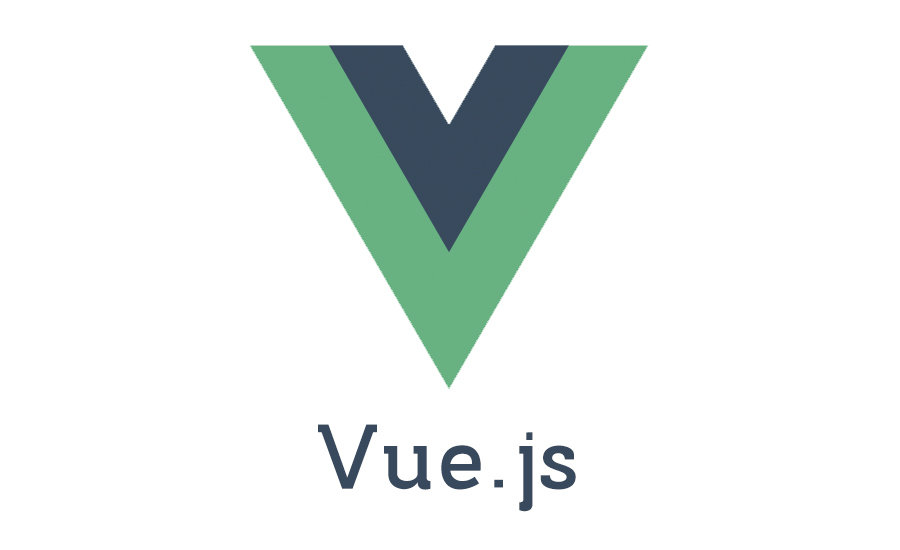
It is also known as a progressive javascript framework. It is known so due to its incremental adoption. The framework works on the model-view-ViewModel basis which separates the user interface from the logic.
Features:
- Data Binding: Assists to manipulate and assign values to HTML attributes, changing the style, assigning classes, etc.
- CSS transitions and animation: Provides transitions and animation to the HTML elements as soon as it is added, edited, or removed from the Document Object Model. It consists of parts that wrap up elements upon being called.
- Template: It provides templates that bind to the DOM. Users can render template functions and modify the templates.
- Complexity: It is simple to work with vue.js. Users can build an application within a day.
2. Angular
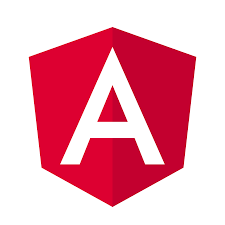
It is one of the most potent and efficient javascript frameworks. It is operated by Google and implemented for the development of single-page applications. It extends the HTML and interprets the binding of the attributes.
Features:
- Cross Platform: Development of high performance web applications in various platforms such as Windows, Linux, macOS, etc.
- Speed: Converts templates into highly optimized codes that are capable of cutting down the time taken to render.
- Testing: All the test cases are carried out quicker and in a stable manner.
- Animation: Very few codes are used to develop complex animations.
3. Ember.js
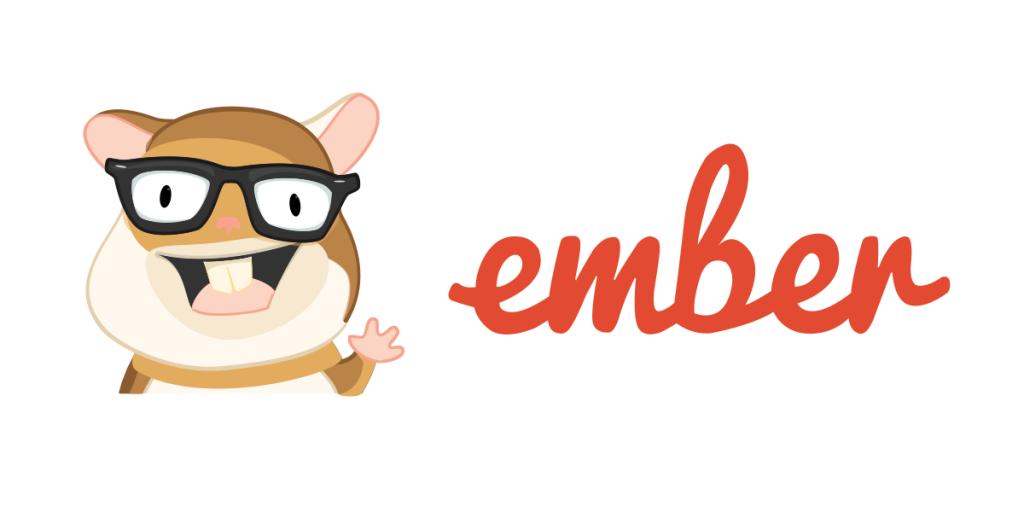
Unlike other frameworks, Ember.js is component-based rather than model view controller architecture. It has a special two-way data binding feature that isn’t available in other frameworks. It provides complete client-side solutions and provides the right flow for web applications.
Features:
- Usable and maintainable codes are created to maintain web applications.
- Provides inspector tool in inspecting the elements from the core and debugging the web application.
- Templates are automatically changed upon a change in the content of the application.
4. React
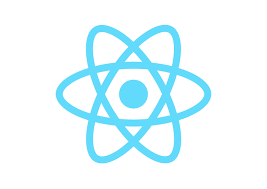
Developed by Facebook, it is the framework that simplifies the process of developing an interactive UI. It is also the base of the framework React Native that is used in the development of mobile applications. The framework follows a one-way data binding flow making the entire process feasible.
Features:
- Declarative: Creates interactive and dynamic User Interface that updates and renders effectively. Codes are declarative and are hence easy to debug.
- Event Handling: React makes sure that there are no incompatible event names or fields during the cross-platform usage. It also reduces memory head by event delegation and pool of event creations.
- JSX: React uses JavaScript XML(JSX), a language very close to HTML, and injects the codes directly into the web applications.
- Performance: React comes with an application architecture called Flux. ReactJS updates the view for the users, while flux handles the workflow giving the code an effective performance.
5. Aurelia
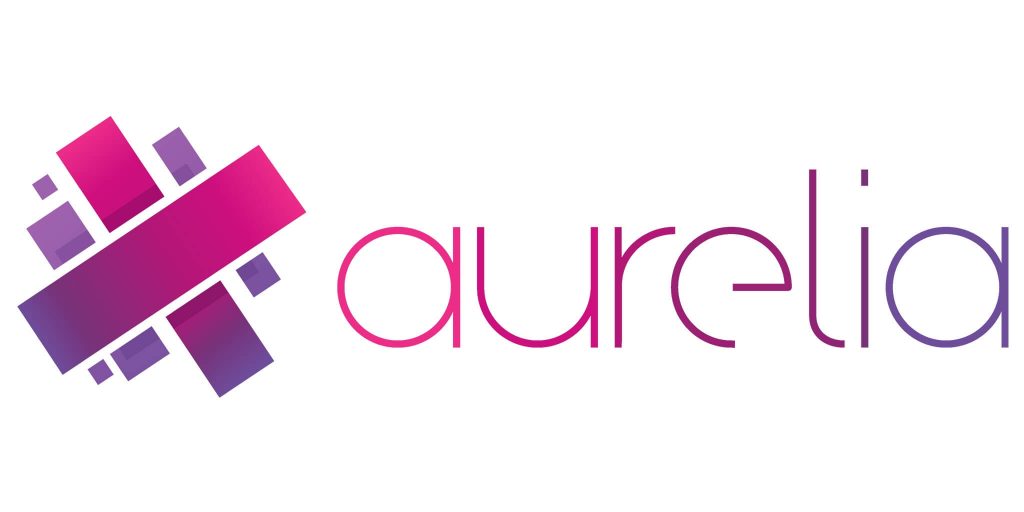
It is the latest, next-gen framework used in the development of robust websites. It is a collection of javascript modules used together to produce a powerful outcome. It is a flexible and unmatchable framework.
Features:
- It includes components that are composed of javascript view-model and HTML views.
- Without much abstraction, it remains completely focused on the web standards. It is a clean framework.
- It allows easy integration with external tools.
- It allows child routing, pipeline plugins, dynamic routing, etc.
6. Backbone.js
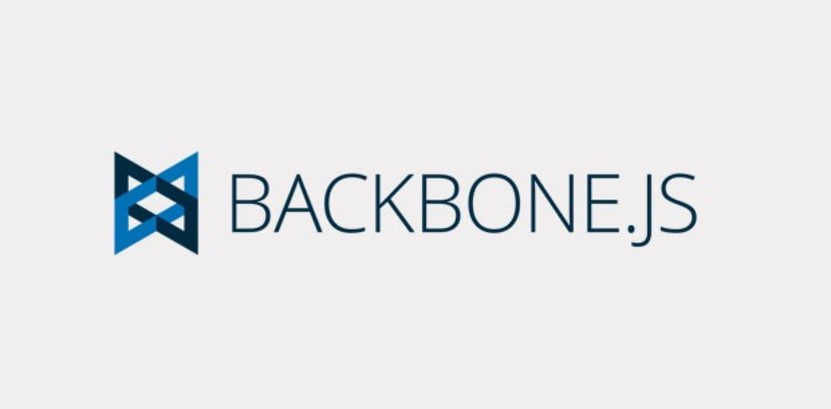
This is a popular framework used in the development of single-page websites. The framework helps in writing very little code by integrating complex functionalities in the server-side with API. Although its usage is declining, it is used specifically during the development of static web pages.
Features:
- Allows creating an organized client-side end of a web application.
- Easy to understand.
- It comes with building blocks such as models, views, events, routers, etc for assembling client-side applications.
- It automatically updates the HTML upon changing the models.
7. MeteorJS
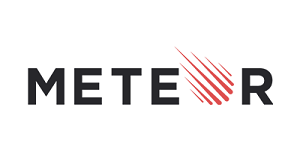
As the name goes, it covers significant parts of web development. It has the ability to cover back-end, database management, business logic, front-end rendering, etc. It can alone comprehend multiple effects and thus does not require a combination of frameworks for the usage.
Features:
- The framework offers a full-stack solution. It has built-in features like automatic CSS, reactive templates, JS minification, etc.
- It has isomorphic code management that allows users to use the same code at the front-end and back-end, mobile applications, and Web applications.
- It is also a development framework that allows users to create real-time applications from scratch through its components.
- It allows live reloading: A feature that allows automatic reloads in the web page whenever changes are made in the frontend.
Conclusion
Javascript Frameworks are the tools that help a raw idea into a full-fledged web application. Depending upon the project requirements and exact features needed, one can pick up any framework from the ocean of frameworks available for Javascript. All together, Javascript makes the entire process of web development joyful and trouble-free.
Frequently Asked Question
Q: Which Javascript Framework is the best in 2022?
A: Every Javascript Framework is unique in itself. The term best is relative and depends on individuals as well as the features required. However, due to its native mobile environment, ReactJS seems to be the best Framework in recent days.
Q: Which Javascript Framework is Popular?
A: Many JavaScript Frameworks come into the field frequently. The most popular ones are ReactJS, Angular, Node.js, vue.js, etc.
Q: Why are Javascript Frameworks used?
A: Every website needs to be different from others. Javascript frameworks make sure that the front end of the website is appealing and the developer can keep on adding features without having to worry about the front end. Javascript frameworks make the process of web development comfortable.




